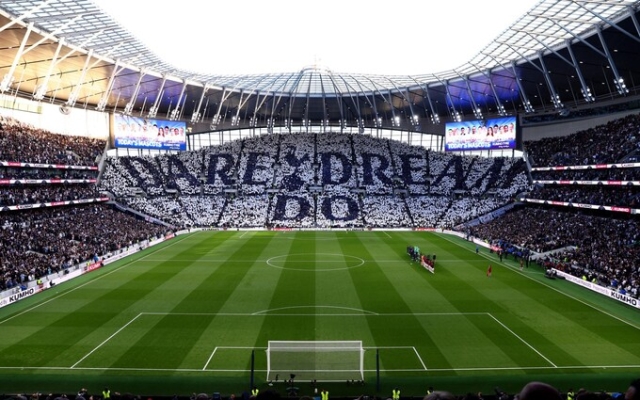 Tottenham Hotspur Stadium is one of the best sports arenas in the world. Photo: Getty Images/Clive Rose
Tottenham Hotspur Stadium is one of the best sports arenas in the world. Photo: Getty Images/Clive Rose
I was recently invited to watch a game from one of the boxes at the new Tottenham Hotspur Stadium. The night was cool, and as we sat in the wide armchairs with a panoramic view of the field, my host pointed to a switch in the armrest.
“Heated seats,” he said.
It's not at all what those of us who grew up in the old school would expect from a football game.
But then things changed over the last couple of decades. Stadiums that were once death traps have become convenient multi-functional entertainment centers. When Everton move into their new home at Bramley-Moore Dock, they will become the seventh Premier League club to occupy the newly built, state-of-the-art facilities since the Millennium. Unless, of course, they were relegated to the Championship.
At the heart of the stadium revolution was the global architecture partnership Populous. In the 30 years since their first UK project, Huddersfield's John Smith's Stadium, they have designed buildings that have come to define the way we watch sport. From Wembley and Principality Stadium, Emirates and Tottenham to Wimbledon Center Court and Ascot, they have created much of the country's new sporting infrastructure.
And not only in Britain. The futuristic design of the BBVA Monterrey stadium in Mexico, where matches of the next World Cup will be held, is one of their projects. So is the Narendra Modi Stadium in Ahmedabad, the largest cricket ground in the world and the heart of the Indian city's bid to host the 2036 Olympics. Let's not forget the stunning Lusail Stadium in Qatar, where Lionel Messi lifted the World Cup last year.
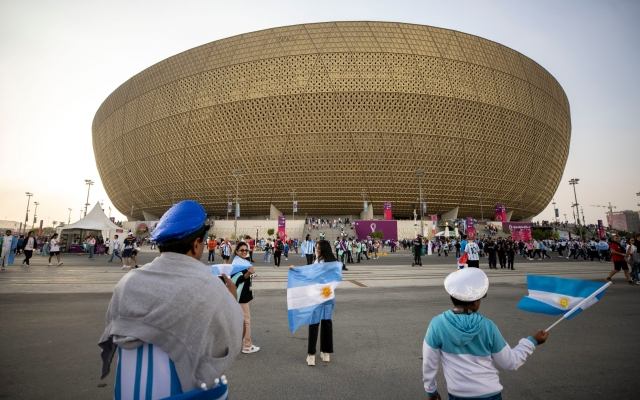 The estimated cost of Lusail Stadium was $767 million. Photo: Getty Images/Maja Hitij
The estimated cost of Lusail Stadium was $767 million. Photo: Getty Images/Maja Hitij
The next major milestone on the horizon is Manchester United's aging and creaking home of Old Trafford, which Telegraph Sport reported on Boxing Day has already been built. Populous' recommendation for complete demolition and construction of a new £2 billion stadium.
Earlier this month the company staged an exhibition of its work, and I was privileged to receive a tour from managing director Chris Lee, the man who said this week that a brand new stadium is the best of the three current options, with the others being complete renovations or minor renovations.< /p>
Stadiums used to be functional exercises,” he explains, looking at photographic evidence of Populous’ global reach. «Not anymore. Now they are considered cultural property.»
More than that. As will soon become apparent when Liverpool's derelict old port is reborn around Everton's new home, the stadium is no longer simply an end in itself. This is the start of something.
“Sporting venues were once considered bad neighbors,” Lee says. “The American model was to take them out of the city, surrounding them with parking lots. Now they are the engines of urban regeneration.”
The first place to realize that a stadium could be used for development was Baltimore, Maryland, when the Orioles' new stadium was built at Camden Yards; an abandoned post-industrial part of downtown.
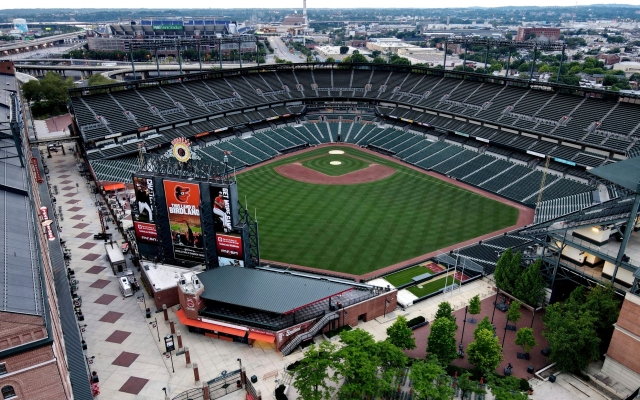 Oriole Park Baseball Stadium at Camden Yards is credited with bringing professional sports back to city centers. Photo: AP
Oriole Park Baseball Stadium at Camden Yards is credited with bringing professional sports back to city centers. Photo: AP
“The whole area has been completely revitalized since they got there,” Lee says. “And you can see it in this country. When we built Emirates it was a vital part of the plan to connect Lower Holloway with Islington, 4,500 new homes will be built around Spurs, and Wembley is undergoing a major redevelopment of what was a fairly sadly blighted area.” /p>
But whatever the wider implications for development, these buildings are a prime destination for fans. And even in this, the emphasis has changed over the years.
«English football used to be guilty of seeing its spectators as a captive audience, you know: 'We'll treat you the way we want.' treat you and you’ll still come back,” Lee says. “What has changed over the last 30 years is the recognition that fans are customers who have choices.”
Although initially priority was given to a certain category of fans.
“Yes, I admit it , in the early days the concentration was on corporate properties. The big move at Spurs was to say, «We'll give you something from the smallest place to the most expensive.»
And at Spurs this is something significant. Spacious food and drink areas, stunning views, improved acoustics: everything to create an experience.
“When designing Tottenham Stadium, the focus was on the atmosphere, how to create an individual seating area,” explains Lee. “Daniel Levy and I traveled a lot. We went around, shamelessly borrowing what we liked. Not only to sports grounds, but also to concert halls and theaters. This building contains pieces from all over the world.”
Levi was closely involved in this process, sending a stream of emails, disturbing matters were done as best as possible. Not least because of the stadium's capacity: channeling the energy of the north London derby, it had to accommodate more fans than the Emirates. Although Lee suggests the Spurs chairman wasn't his only client who was keen to be involved every step of the way.
“When we built the new Ascot stand [which opened in 2006], the Queen was very hands-on. We had monthly meetings with her to show progress in the design and build. She had so many contributions. And it always simplifies the planning process when the client is the Sovereign.”
The late Queen was Daniel Levy of Ascot: who knew?
As great as it is, even Spurs Stadium is by no means the end of the world. Innovation is relentless. Populous is building a new indoor arena, Co-op Live, next to Manchester's Etihad Stadium, using the latest acoustic technology that will soon be used in the design of outdoor venues. And then there's the Sphere, a bowl of entertainment in Las Vegas that Lee and his colleagues designed.
“When we started, the technology needed hadn't even been invented yet,” he says of the latest sound and lighting systems. “And I think at the recent Grand Prix in Vegas you saw what this building could be.”
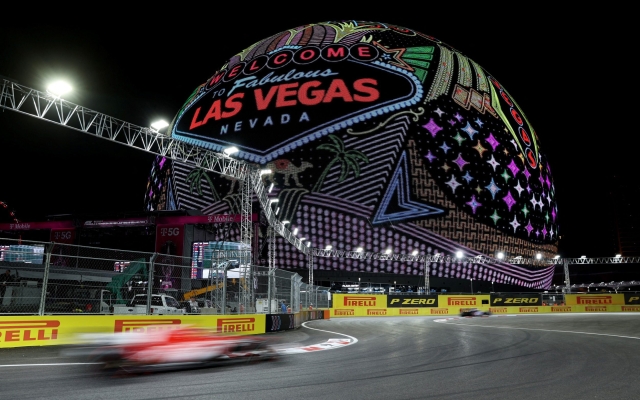 The Sphere is a music and entertainment arena in Las Vegas Photo: Reuters/Mike Blake
The Sphere is a music and entertainment arena in Las Vegas Photo: Reuters/Mike Blake
Indeed, it was the visual focal point of the race : The cars rotated around what Lee calls the largest billboard in the world. And the building's technical capabilities point to a new future for sports viewing. Spheres may soon appear across the globe, displaying footage of live events in the most extraordinarily immersive way.
As the North London derby takes place at Tottenham Hotspur Stadium, thousands of fans in Shanghai, Singapore and Saudi Arabia can watch the action unfold within their local Sphere, feeling through projected images and sounds, as if they were actually there.
“The truth is that the future of sports viewing will involve technology, a lot of technology,” says Lee.
Well, also heating seats.
Well, also heated seats.
p>



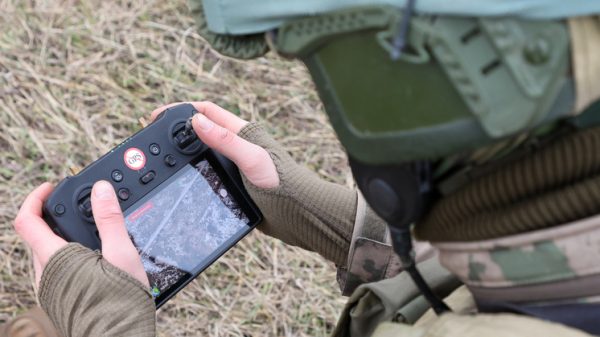
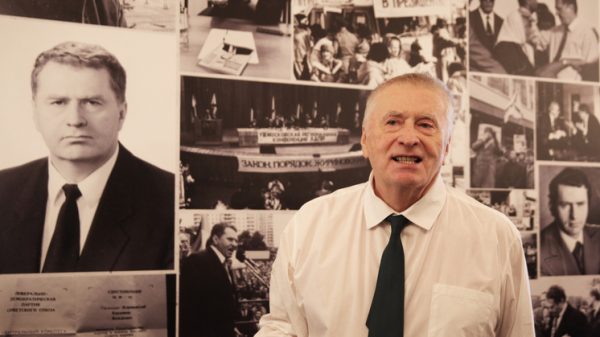





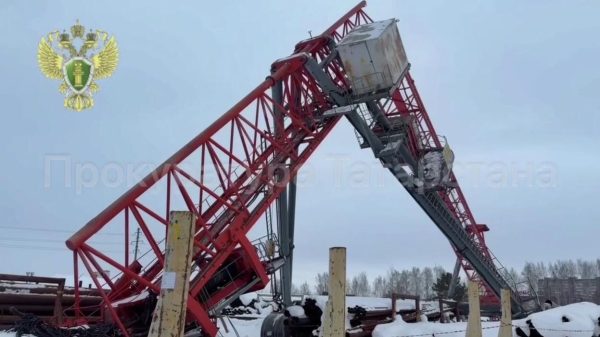
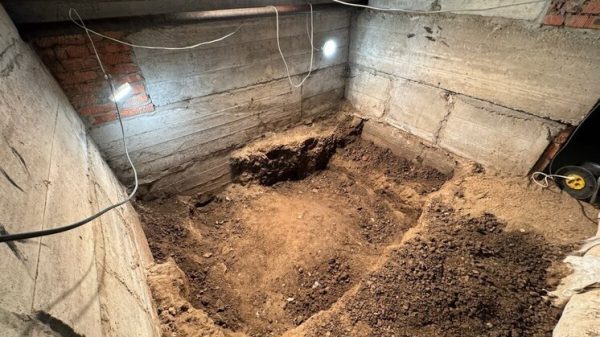
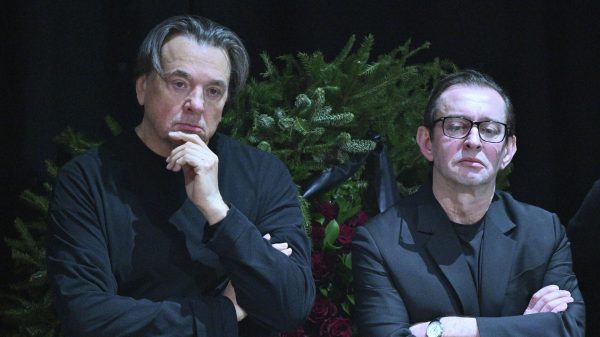
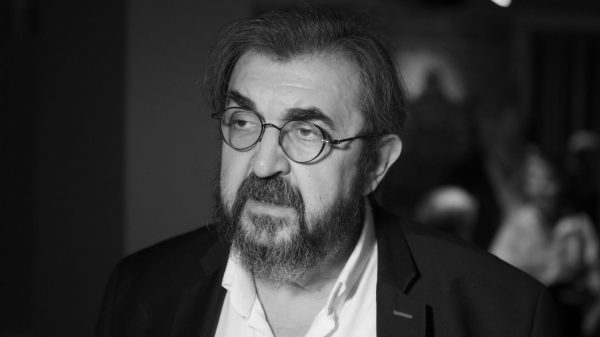
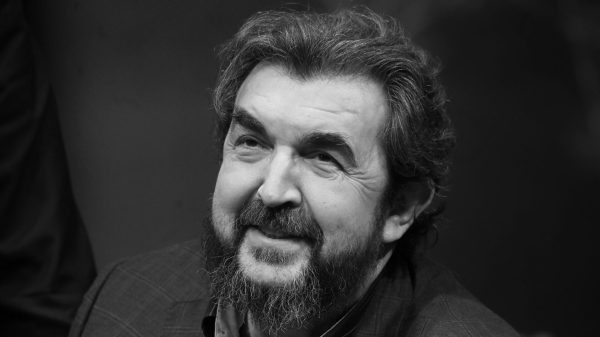
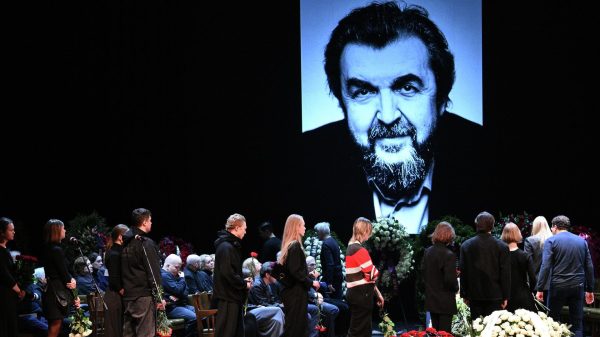












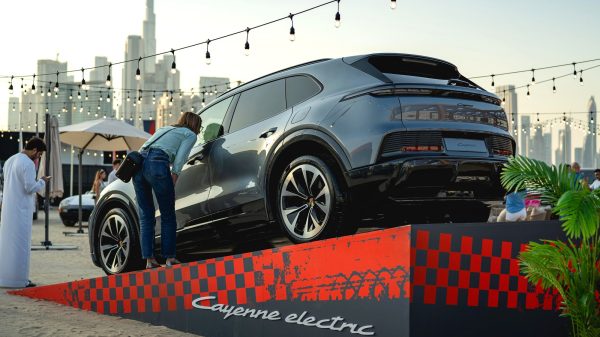

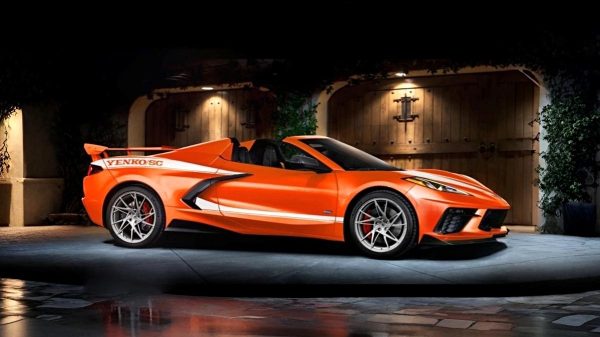

























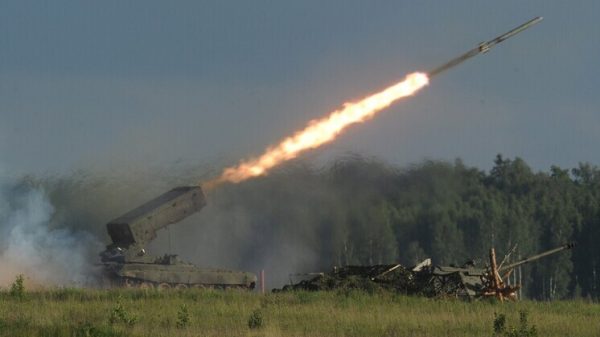
Свежие комментарии